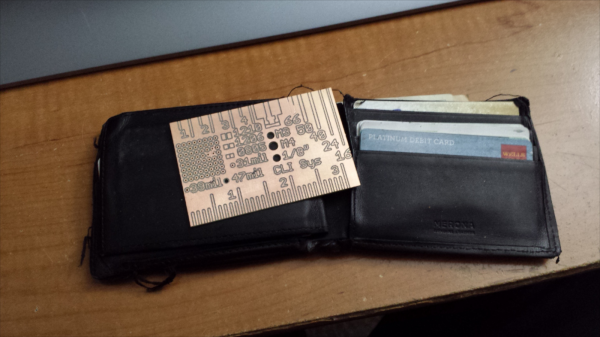[jens.andree] found that many people on the autism spectrum have problems perceiving time. This makes the simplest tasks at home or at school harder. To help solve this problem, he’s created the Timstock Slim for this year’s Hackaday Prize. It’s a timer with four buttons to count down 5, 10, 15, or 20 minutes, with a neat LED bar graph showing the remaining time.
The Timstock Slim is an extremely simple device – it’s just an ATTiny84, a few shift registers, some LEDs, resistors, buttons, and a coin cell battery clip. It also does exactly what it says on the tin; it counts out a few minutes at a time, while providing visual feedback in the form of a bunch of LEDs.
Interestingly, this device may be useful to more than just those with autism; the pomodoro technique of time management uses a similar device – a kitchen timer – to keep its adherents on track. With no modifications at all, [jens’] Timstock could be used for a slightly modified pomodoro technique, geared towards 5, 10, 15, or 20 minute increments.











 The specs I’m quoting come from the LG Optimus Exceed 2, which is currently available from Amazon in the USA for $20. The same package has been available for as little as $10 from retail stores in recent weeks. The Exceed 2 is just one of several low-cost Android prepaid phones on the market now, and undoubtedly the list will change. How to keep up with the current deals? We found an unlikely place. Perk farmers. Perk is one of those “We pay you to watch advertisements” companies. We’re sure some people actually watch the ads, but most set up “farms” of drone phones which churn through the videos. The drones earn the farmer points which can be converted to cash. How does this all help us? In order to handle streaming video, Perk farmers want the most powerful phones they can get for the lowest investment. Subreddits like
The specs I’m quoting come from the LG Optimus Exceed 2, which is currently available from Amazon in the USA for $20. The same package has been available for as little as $10 from retail stores in recent weeks. The Exceed 2 is just one of several low-cost Android prepaid phones on the market now, and undoubtedly the list will change. How to keep up with the current deals? We found an unlikely place. Perk farmers. Perk is one of those “We pay you to watch advertisements” companies. We’re sure some people actually watch the ads, but most set up “farms” of drone phones which churn through the videos. The drones earn the farmer points which can be converted to cash. How does this all help us? In order to handle streaming video, Perk farmers want the most powerful phones they can get for the lowest investment. Subreddits like 










